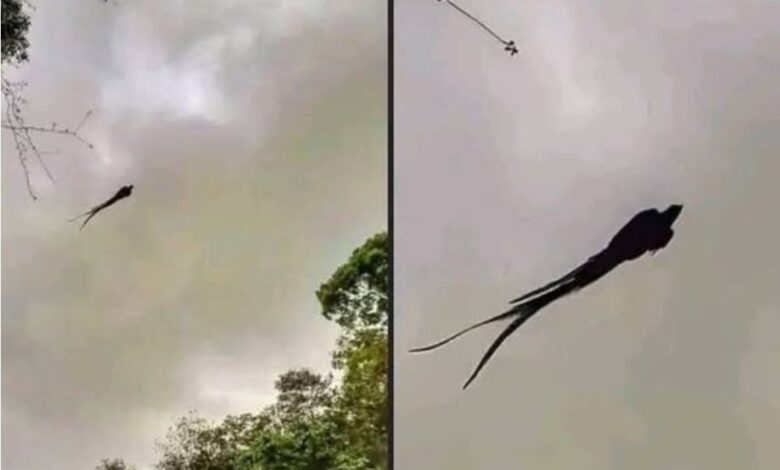Stunning Quetzal Photography Captivates Wildlife Enthusiasts in Mexico

Rare Bird Species Creates Social Media Sensation with Spectacular Flight Display
Wildlife photography reached new heights this spring when an extraordinary image of a resplendent quetzal in flight captured the attention of nature lovers across social media platforms. The photograph, taken near the Guatemala-Mexico border region, showcases one of Central America’s most endangered and culturally significant bird species.
The Sacred Bird of Ancient Civilizations
The resplendent quetzal holds profound historical importance throughout Mesoamerican cultures. Ancient Maya civilizations revered this magnificent creature, incorporating its image into religious ceremonies and artistic expressions. The bird’s connection to freedom and divinity made it a powerful symbol in pre-Columbian societies, where its brilliant emerald plumage was considered more valuable than gold.
Modern conservation efforts continue to highlight the quetzal’s cultural significance while addressing the urgent need for habitat protection. These remarkable birds serve as indicators of healthy cloud forest ecosystems, making their preservation crucial for biodiversity conservation.
Understanding Quetzal Behavior and Habitat
Resplendent quetzals inhabit the misty cloud forests of Central America, preferring elevations between 1,200 and 3,000 meters. These specialized environments provide the perfect conditions for their preferred diet of wild avocados, supplemented by insects, small vertebrates, and various tropical fruits.
The species exhibits fascinating breeding behaviors, with males developing spectacular tail streamers that can extend up to one meter in length during mating season. These dramatic feathers create the ethereal flight patterns that make quetzal photography so captivating for wildlife enthusiasts and professional photographers alike.
Conservation Challenges Facing Wild Quetzal Populations
Unfortunately, quetzal populations face significant threats from habitat destruction and illegal wildlife trafficking. Deforestation of cloud forests has reduced suitable nesting sites, while climate change affects the delicate ecosystem balance these birds require for survival.
Conservation organizations across Central America work tirelessly to protect remaining quetzal habitats through reforestation projects, community education programs, and eco-tourism initiatives. These efforts help local communities understand the economic value of preserving wildlife while maintaining traditional cultural connections.
Wildlife Photography Ethics and Best Practices
The viral quetzal photograph highlights the importance of responsible wildlife photography. Professional nature photographers emphasize maintaining safe distances from subjects, avoiding nest disturbance during breeding seasons, and sharing location information responsibly to prevent habitat overcrowding.
Ethical wildlife photography practices help ensure that capturing stunning images doesn’t compromise animal welfare or contribute to habitat degradation. Many photographers now participate in citizen science projects, contributing valuable data to conservation research while pursuing their artistic passion.
The Future of Quetzal Conservation
Recent conservation successes offer hope for quetzal populations. Protected areas throughout Central America have shown positive results in maintaining stable breeding populations. International cooperation between Mexico, Guatemala, Honduras, and other range countries continues to strengthen protection efforts.
Eco-tourism focused on quetzal watching provides sustainable income for local communities while raising awareness about conservation needs. These programs demonstrate how wildlife protection can benefit both animals and human populations through responsible economic development.
The breathtaking quetzal photograph that captured global attention serves as a powerful reminder of what we stand to lose without continued conservation efforts. Each stunning image shared on social media platforms helps build public support for protecting these magnificent creatures and their fragile cloud forest homes.
Through combined efforts in habitat protection, community engagement, and sustainable tourism, future generations may continue to witness the spectacular flight of wild quetzals across Central America’s misty mountain forests.